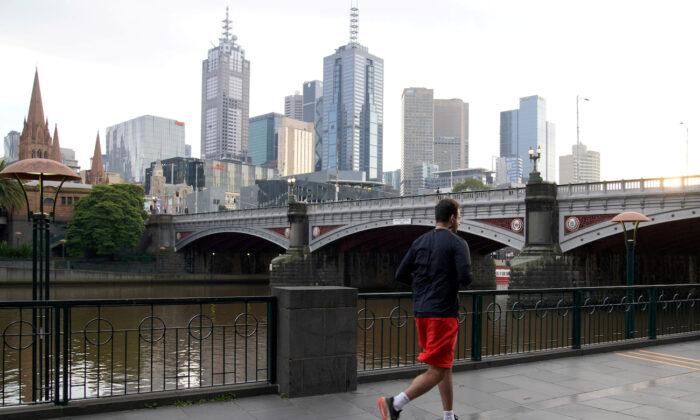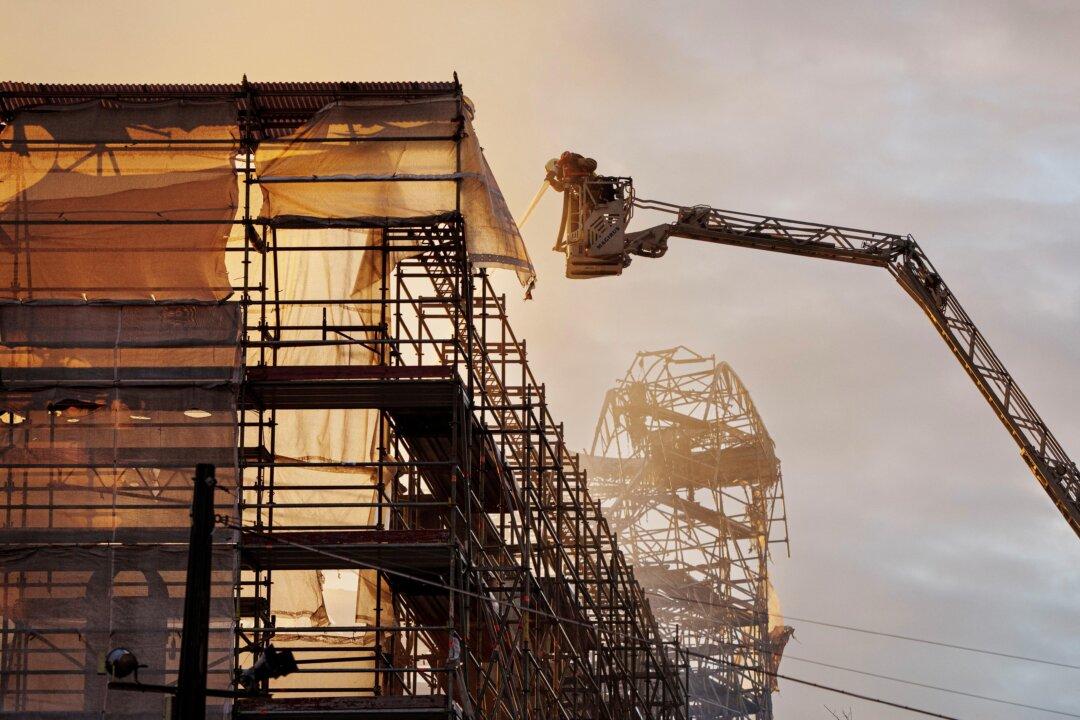Australia’s Victoria state, the country’s COVID-19 hotspot, reported four cases related to infections in schools on Saturday, a day before the expected easing of strict social distancing restrictions.
Melbourne, the capital of Australia’s second-most populous state, is emerging from a second wave as a hard lockdown since July has brought daily infections of the new coronavirus down to single digits from an August peak over 700.
In the previous 24 hours, the state found seven new cases, officials said, including four related to a cluster linked to two schools in Melbourne’s northern suburbs that prompted authorities to order 800 people to self-isolate.
Victoria Premier Daniel Andrews said that some announcements would be made on Sunday as expected but others would depend on the results of thousands of tests performed in the past few days in surrounding areas.
He did not specify what restrictions would be lifted. Cafes, restaurants and pubs remain closed for indoor service in the capital, while residents still need a reason to leave their homes.
“We are still optimistic that we will be able to have positive things to say,” Andrews told a news conference. But “we really do just have to wait to see what those test results show us.”
Ahead of Saturday’s Australian Football League Grand Final, one of the country’s biggest sport events, Andrews said the results were expected on Saturday evening.
The game is to be held in the northern state of Queensland - outside Melbourne for the first time because of the pandemic. More than 30,000 people are expected to attend, the largest gathering since the pandemic started.
Queensland has kept infections low, closing its domestic borders to most states through the pandemic.






Friends Read Free